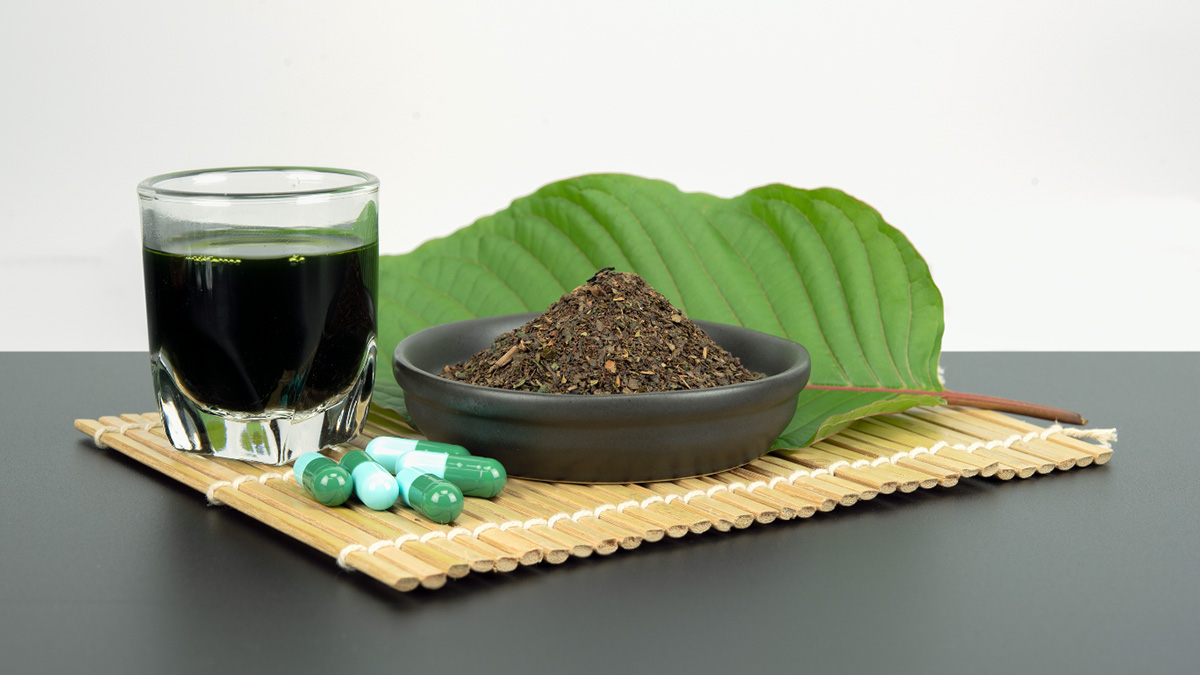
Among the various adverse effects of Kratom, constipation is a common complaint. While this condition does not pose a life-threatening threat, it does have the potential to be a long-term problem. It is possible to treat the condition by taking a laxative like MiraLAX. However, if you are experiencing the issue for the first time, it is a good idea to see a physician.
Unlike the opioids, Kratom does not possess the same mechanism of action. As such, it is likely to produce more side effects than a similar drug. This is because it can interfere with the natural process of releasing stool. In addition, its alkaloids have a number of different effects, and may have an impact on physiologic processes. Before taking anything, it would be best to check out a kratom interaction compilation http://kratom.org/interactions/.
Although Kratom is safe for most people, it is advisable to check with your physician before using it. The pharmacology of the plant is complex, and a careful history is required to determine if Kratom is used for medicinal purposes or for recreational purposes.
If you have a history of opioid use disorder, your doctor is also likely to have a number of concerns about your potential Kratom usage. This includes the potential for drug-drug interactions (DDIs). Taking a detailed history is important to ensure that your doctor is aware of any DDIs that may be associated with your use of Kratom.
A 37-year-old male with a history of depression and opioid use disorder presented with symptoms of a possible DDI between his use of Kratom and amitriptyline. He initially consumed 3 grams of Kratom a day, increasing the dosage slowly until he was taking 12-14 grams a day. His stools were regular and consistent for two weeks, but he noticed a deterioration in his stool during the last two weeks.
Kratom and Miralax have the opposite effects on the body. They can cancel each other out, but you should take them in separate doses. Using a small, infrequent dose of each will help avoid tolerance and the potential for addiction. Since both Kratom and MiraLAX are osmotic laxatives, you can expect to experience some constipation while taking both.
If you experience constipation while taking either Kratom or MiraLAX, it is recommended that you discontinue the use of both. You can also take polyethylene glycol (PEG), which is classified as an osmotic laxative. PEG works in the same way as the osmotic laxatives, but it is used for short-term relief instead of for daily use. When combined with Kratom, it can offset the osmotic laxative's effects.
Kratom and MiraLAX should not be mixed together. Unless your doctor advises you otherwise, it is a good idea to stop taking both products for a period of time and then begin them again. Until you have a better understanding of how the two medications work, however, it is best to avoid mixing them. Taking them in combination is not necessary and will not improve your condition.
Besides Kratom and MiraLAX, it is also a good idea to keep an eye on your digestive system. There are several factors that can interfere with bowel movements, including a lack of fiber and water, stress, and poor digestion. To counteract these effects, it is best to increase fluid intake and to eat more fiber.